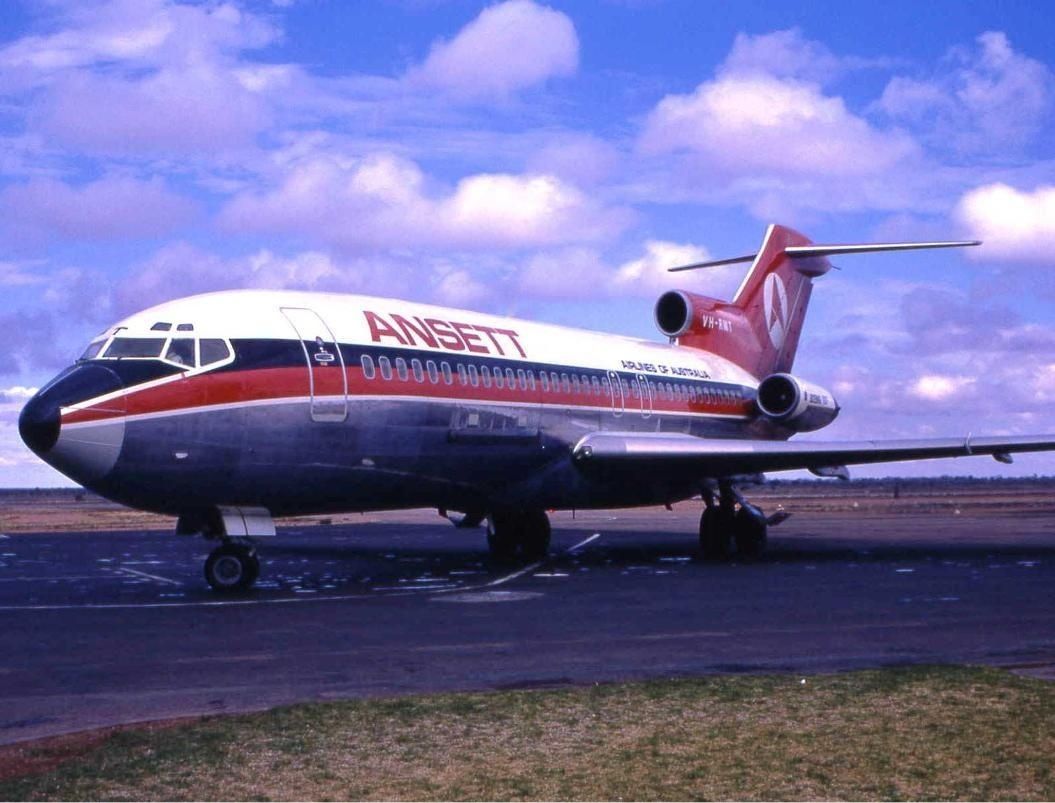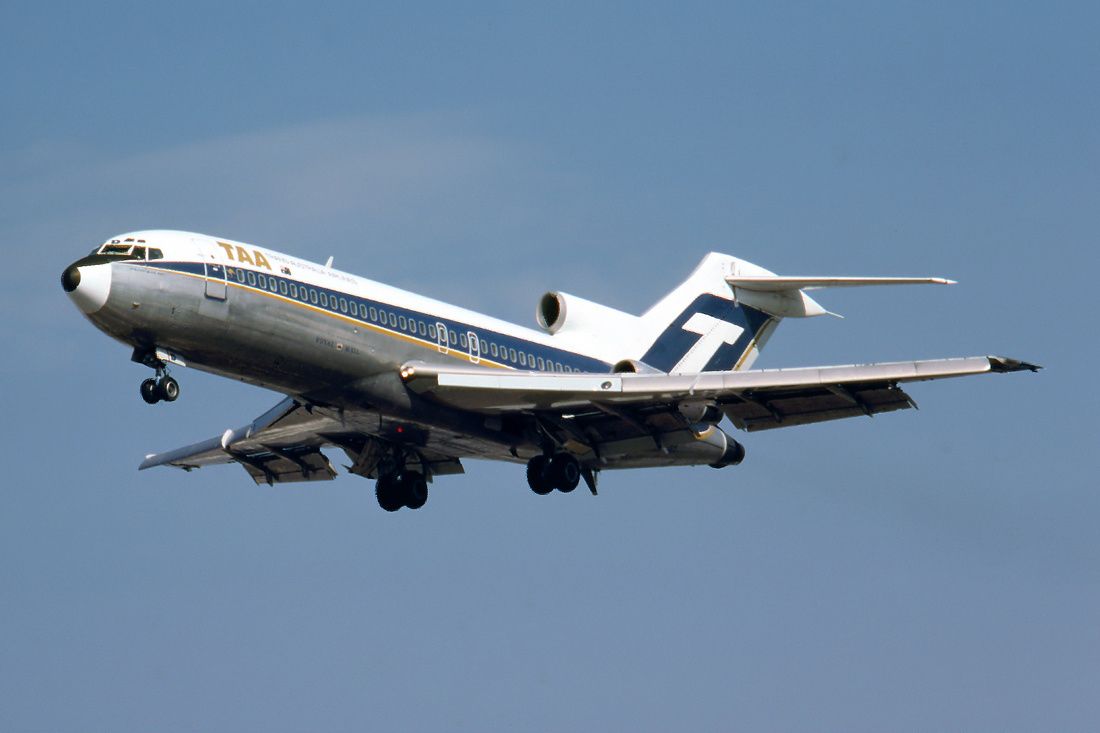In late December 1974, a small tropical storm formed near Northern Australia during the southern hemisphere’s summer. Initially, given its size and expected trajectory, concern was low. Unfortunately, within a couple of days of the storm’s formation, it became a mighty Category 4 severe tropical cyclone and perfectly turned toward the city of Darwin.
Nature strikes
In the twilight hours of Christmas Day that year, Cyclone Tracy made landfall, tearing the city to shreds. Wind gusts of 217 km/h (134 mph), storm surges between 1.6 to 4 meters (5.25 – 13 feet) high, and torrential rains hammered the people living in Darwin. Tragically, in the event, 71 people died, and hundreds more suffered minor to severe injuries; as much as 70% of the housing was destroyed.
On the most significant local religious holiday of the year, the population was left devastated. Of course, without running water, sanitation, electricity, or shelter, rescue and humanitarian efforts were quickly deployed. Part of this meant an evacuation, which local airlines that brought supplies helped facilitate.
Many, some now-defunct, carriers pitched in to shuttle emergency supplies, equipment, and personnel and facilitate speedy turnarounds. These included Ansett Airlines, Qantas, Trans Australia Airlines (TAA), MacRobertson Miller Airlines, and Connair (Connellan Airways). On rescue flights out of Darwin, over the course of a couple of days, tens of thousands of residents were evacuated, using their combined employees and fleets of aircraft such as Boeing 727-200s and Fokker F28 Fellowships.
Company personnel, working on a volunteer basis over the four days, worked nearly 16 hours per day, offering all waking hours to help their fellow citizens who had just lost everything.
Notable aircraft involved with rescue efforts
Airlines were equally keen to make full use of their airliners, getting as many people onboard as possible for Australia’s largest civil air evacuation. For example, the 727-200 typically carries around 130 passengers in a two-class configuration. One of Ansett’s Boeing jets was filled with just over 300 passengers, making 321, including the crew and employees onboard.
Interestingly, a jet from TAA’s fleet used in the evacuation is preserved to this day, though it looks like a swanky modern lounge. A Danish consultancy firm initially sought a 747 to host the company and its employees. However, that would have been extraordinarily challenging given Denmark’s motorway bridges. But sitting at London Southend was a former TAA Boeing 727 (VH-TBK), which would do well enough.
According to ABC News Australia, however, a Darwin-based avgeek, after a significant amount of effort researching and talking to many locals, discovered that the airliner mentioned above was, in fact, one of the first used for emergency relief in December 1974. This meant that consultancy employees and clients boarded daily the same 727 that shuttled critically injured Darwin citizens in the aftermath of Cyclone Tracy.
In February of the following year, a couple of months after the disaster, the government established the Darwin Reconstruction Commission. The country was determined to rebuild the important Northern Territory city and hopefully relieve some of the suffering endured. According to the government-owned National Museum of Australia, the five-year plan was mostly completed way ahead of schedule within just three years.
For those interested, in Northern Darwin, the Museum and Art Gallery of the Northern Territory features a Cyclone Tracy exhibit, providing insight into a day many Australians can’t forget.
Sources: Adastron, National Museum of Australia, ABC News Australia, Key Aero


